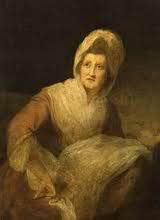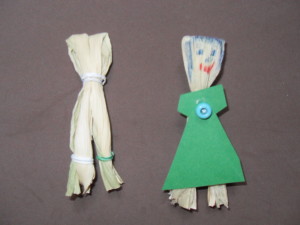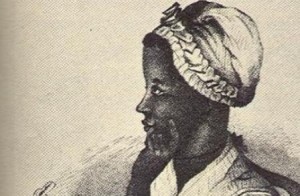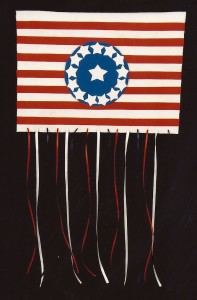Patience Lovel Wright was a successful painter, poet and sculptor. She was born on Long Island, NY in 1725. When she was four her family moved to Bordentown, New Jersey. She married an elderly Quaker farmer, Joseph Wright and bore him five children. After Joseph died, she supported her family working as a sculptor and moved to London to work on the bust of Benjamin Franklin. She became famous for her wax portrait busts of King George III, Queen Charlotte, the historian Catherine Macaulay, and other prominent people. She also created sculptures of Patriot sympathizers hiding the fact from her benefactor, King George.
Circulating among French and British high society, she was able to gather valuable information about British preparations for the war against the colonies. She didn’t hesitate to send that information to the American rebels often detailing it in her correspondence or hiding it inside her wax sculptures. After visiting John Adams in London, she fell and died a few days later.
Today the only existing example of her wax sculptures is the bust of William Pitt which stands in Westminster Abbey. Another miniature wax bust of an unidentifiable woman is in the Bordentown Historical Society’s collection.
Additional Bibliography:
www.bordentownhistory.org/Current_Exhibits/PatienceWright
CORN HUSK DOLL
MATERIALS:
Corn husks from one corn on the cob (summer is a great time to get corn husks for the price of corn on the cob or ask the grocer to set some aside for you). To make two dolls you will need the husks from two corns on the cob. Discard the corn silk.
Bowl of warm water
Scissors
Black felt-tip marker
String or garbage bag ties
Scraps of fabric and/or paper
Glue
Embellishments like sequins, etc.
PROJECT:
- Dry the corn husks (the outer leaves of the corn) overnight.
- Soak the corn husks in the bowl of warm water until they are soft to handle.
- Fold the corn husks from one corn on the cob in half and tie string near the fold. This will be the head of the doll.
- The husks are easy to split vertically. Shape the rest of the husks into legs by tying them at the bottom with string or garbage bag ties.
- Cut clothes out of the scraps of fabric or colorful paper. Add sequins and other embellishments to decorate the clothing.
- Use marker to make eyes, a nose and a mouth on the doll.







